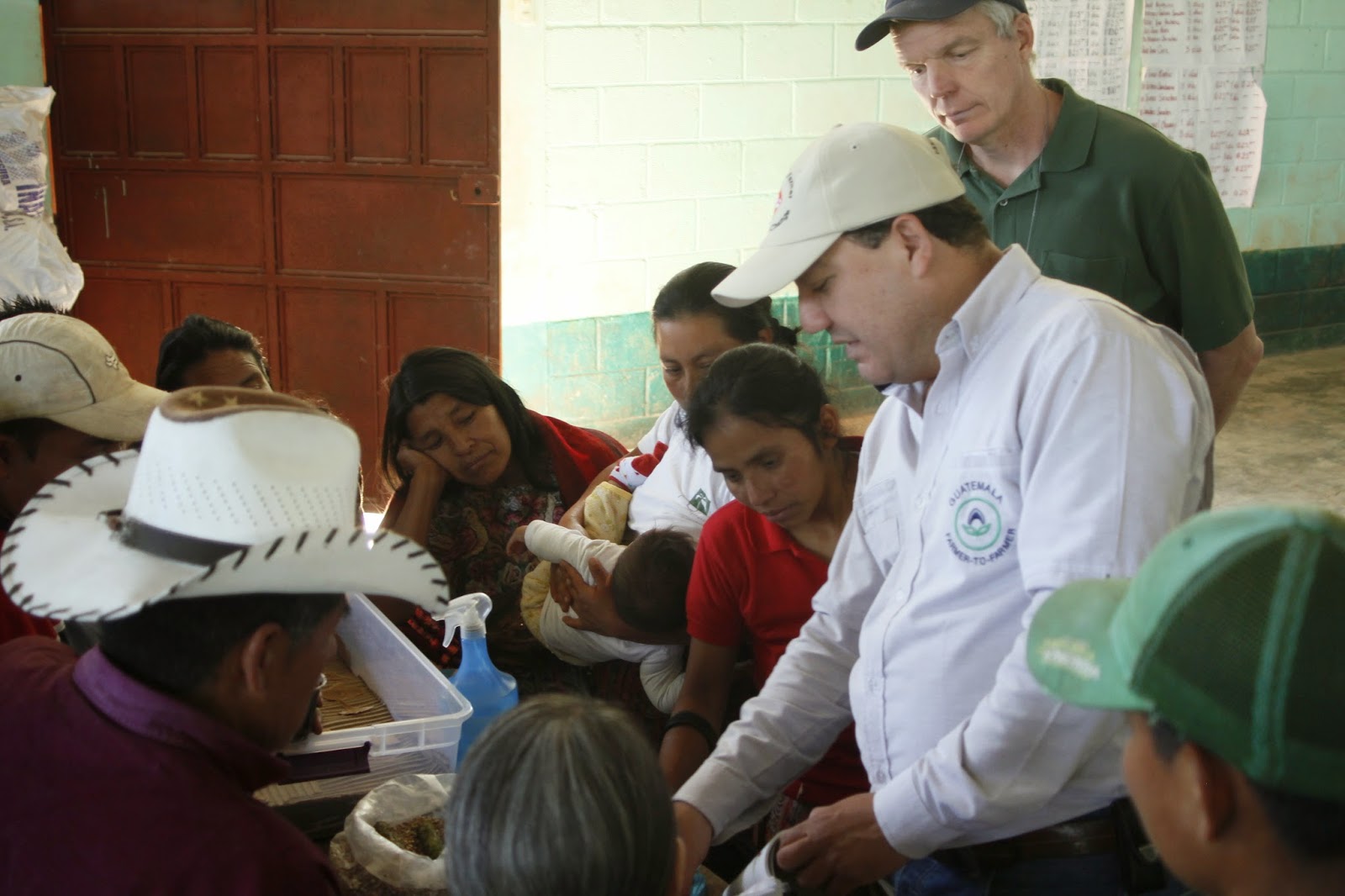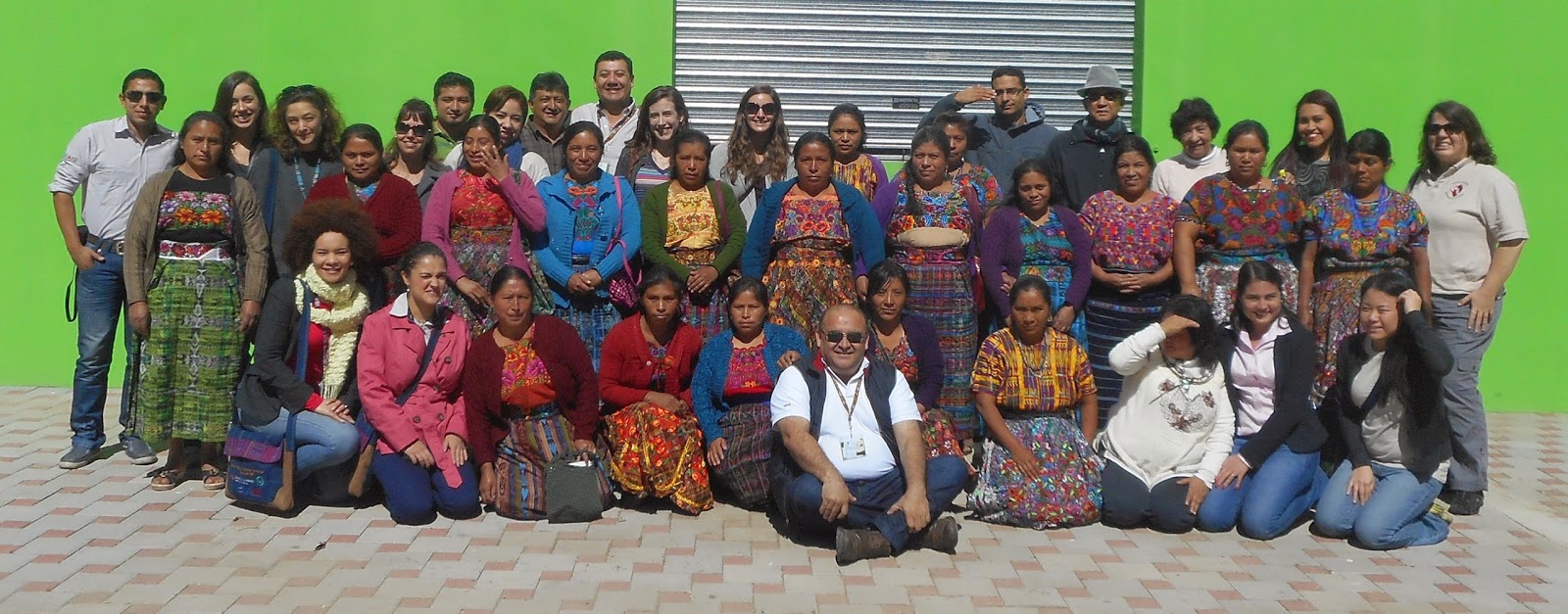Local Solutions to Herd Management in Nicaragua

When working in countries with limited resources, creative and local solutions are key. In January 2015, Farmer-to-Farmer volunteer Wayne Burleson traveled to Nicaragua for a two week assignment to train local farmers in intensive rotational grazing and the installation of electric fences for herd management. During his assignment, Wayne identified two notable challenges for cattle farmers. First, electrical fencing supplies and other materials are difficult and uncommon to find locally. Second, the security of fencing equipment is an important concern for local farmers, as fencing equipment is very valuable and could be stolen. To address these challenges, Wayne worked with farmers to identify local, inexpensive materials they could use for their fences that would be less likely to be stolen and more readily accessible. He then trained farmers on the installation and maintenance of these practical electric fencing systems. Wayne offers the advice, "W hen you find yourself i





